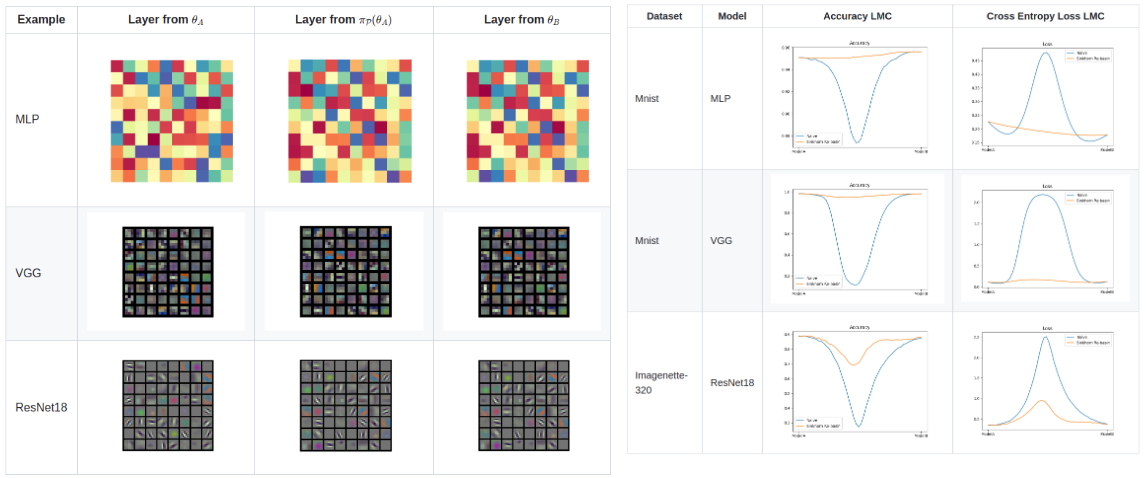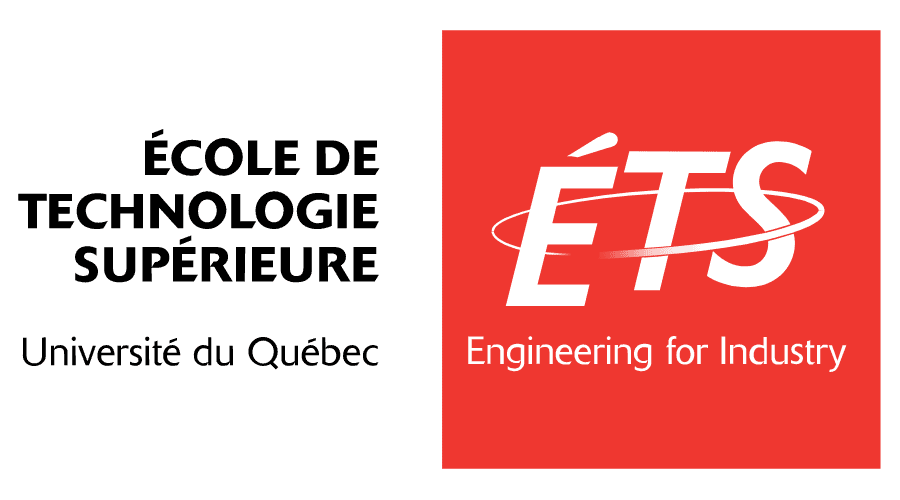Related Works
Samuel K Ainsworth, Jonathan Hayase, and Siddhartha Srinivasa. Git Re-Basin: Merging Models
modulo Permutation Symmetries. arXiv preprint arXiv:2209.04836, 2022.
Aditya Kumar Akash, Sixu Li, and Nicolas Garcıa Trillos. Wasserstein Barycenter-based Model
Fusion and Linear Mode Connectivity of Neural Networks. arXiv preprint arXiv:2210.06671,
2022.
Frederik Benzing, Simon Schug, Robert Meier, Johannes von Oswald, Yassir Akram, Nicolas Zucchet,
Laurence Aitchison, and Angelika Steger. Random initialisations performing above chance and how
to find them. arXiv preprint arXiv:2209.07509, 2022.
Rahim Entezari, Hanie Sedghi, Olga Saukh, and Behnam Neyshabur. The Role of Permutation
Invariance in Linear Mode Connectivity of Neural Networks. In International Conference on
Learning Representations, 2022.
|




